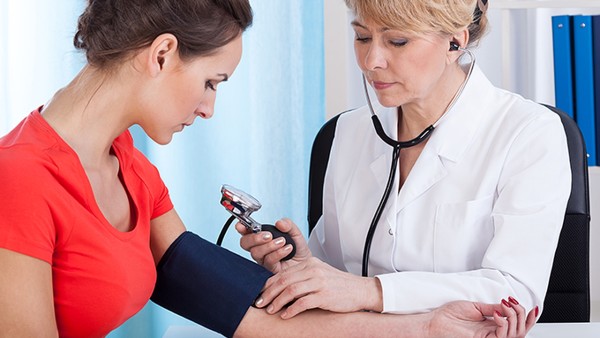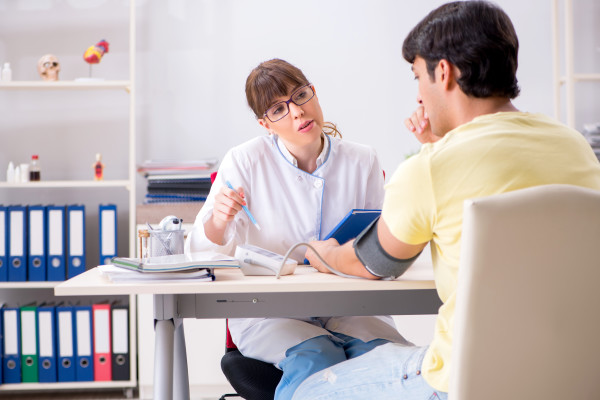What to Eat for Dysmenorrhea

Dysmenorrhea is a common problem that affects many women. It is characterized by painful cramps in the lower abdomen that occur during menstruation. While there is no cure for dysmenorrhea, there are a number of things that can be done to relieve the pain, including eating a healthy diet.
Certain foods can help to reduce inflammation and pain, while others can worsen symptoms. If you suffer from dysmenorrhea, it is important to avoid foods that are known to trigger cramps, such as:
Dairy products: Dairy products contain arachidonic acid, which is a fatty acid that can increase inflammation.
Red meat: Red meat is also high in arachidonic acid.
Processed foods: Processed foods are often high in saturated fat, which can also increase inflammation.
Sugary foods: Sugary foods can cause spikes in blood sugar levels, which can lead to increased pain.
Caffeine: Caffeine can constrict blood vessels, which can worsen cramps.
Alcohol: Alcohol can also constrict blood vessels and increase pain.
Instead of eating these foods, focus on eating plenty of fruits, vegetables, and whole grains. These foods are rich in antioxidants and other nutrients that can help to reduce inflammation and pain. Some specific foods that are particularly helpful for dysmenorrhea include:
Omega-3 fatty acids: Omega-3 fatty acids are found in fish, flaxseed, and walnuts. They have anti-inflammatory properties that can help to reduce cramps.
Ginger: Ginger is a natural pain reliever that can also help to reduce inflammation.
Turmeric: Turmeric is a spice that contains curcumin, a compound with powerful anti-inflammatory properties.
Chamomile: Chamomile is a herb that has been used for centuries to treat pain and inflammation.
Magnesium: Magnesium is a mineral that helps to relax muscles and reduce pain.
In addition to eating a healthy diet, there are a number of other things you can do to relieve dysmenorrhea, such as:
Getting regular exercise: Exercise can help to improve blood circulation and reduce pain.
Applying heat: Applying heat to the lower abdomen can help to relax muscles and relieve cramps.
Taking over-the-counter pain relievers: Over-the-counter pain relievers, such as ibuprofen or acetaminophen, can help to reduce pain.
Seeing a doctor: If your dysmenorrhea is severe, it is important to see a doctor. There may be an underlying medical condition that is causing the pain.
Dysmenorrhea can be a painful problem, but there are a number of things that can be done to relieve the pain. Eating a healthy diet is one of the most important things you can do. By avoiding foods that trigger cramps and eating foods that are rich in antioxidants and other nutrients, you can help to reduce inflammation and pain.
The above is all the content that the editor wants to share with you. I sincerely hope that these contents can bring some help to your life and health, and I also wish that your life will be happier and happier.
Topic: #to #what #eat














